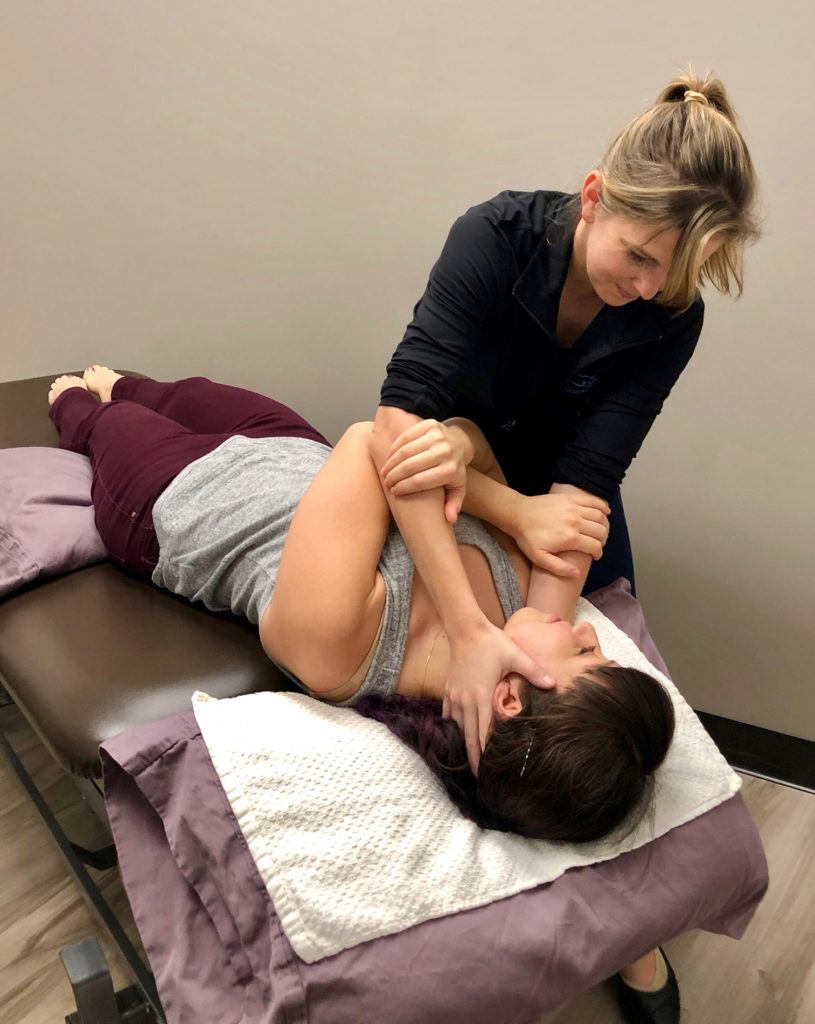What is it?
Our vestibular system is a complex sensory organisation responsible for balance, equilibrium and telling our bodies where and how fast we are moving relative to gravity. People that have a dysfunction of their vestibular system often report symptoms of vertigo, dizziness, vision changes and reduced balance.
Vestibular Therapy is an evidence-based and clinically reasoned approach to identify vestibular system impairments. Physiotherapists trained in vestibular therapy can help people suffering from any symptoms of vertigo, dizziness or spinning.

Engage.

Experience.
The Assessment
The physiotherapist will spend the time to hear your individual story which helps develop an understanding of the underlying pathology as well as the impact this is having on your life. A thorough assessment will follow.
The three main domains of this assessment include:
- oculomotor screen (assessment of eye movement)
- peripheral screen (assessment of neck and inner ear)
- cerebellar screen (assessment of balance and coordination)
- ISM screen to determine the relationship of your cranium and neck to your sypmtoms
To find the cause of the vertigo, the physiotherapist will often have to provoke the symptoms on various tests. These tests may produce, or increase, your dizziness, nausea or light-headedness.
Please bring someone to drive you home or have a plan for a safe ride home using local transportation services in case you experience any symptoms post consult.
Treatment Options
Following the one hour initial assessment, the best treatment plan for your type of dizziness will be discussed. There are many treatment options available to treat vertigo and treatment depends on the cause.
The most common cause of vertigo is Benign Paroxysmal Positional Vertigo (BPPV). Simply, this is a condition where a small crystal is displaced into one, or more, of the semicircular canals of the inner ear. Vertigo is then triggered by head movements (looking up or down) and rolling over in bed. For this type of vertigo, treatment consists of repositioning or liberatory maneuvers of the head. This technique uses gravity to move the crystal along the specific canal and out the opening where it can be dissolved by the body.
Alternately, if your symptoms are being caused by impairments in your cranium and/or neck, these will be treated using a multi-modal ISM approach – i.e. your whole body may be treated!

Empower.




